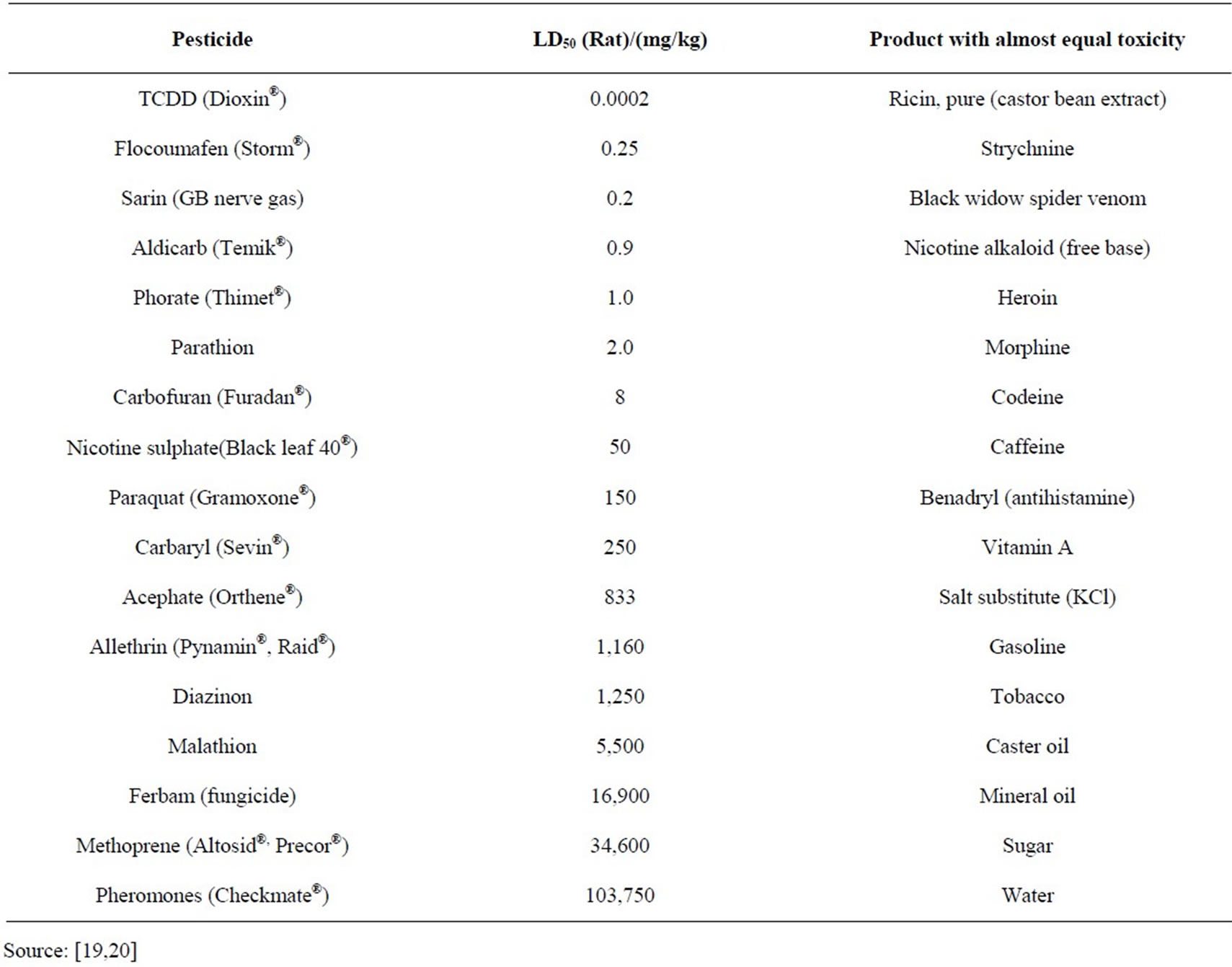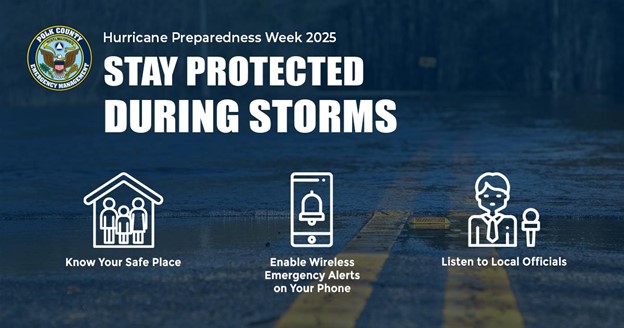Report on Morocco’s Fog Harvesting Initiative and its Contribution to Sustainable Development
1.0 Introduction: The Water Scarcity Crisis
For a period of six years, the Kingdom of Morocco has experienced a severe and prolonged drought. This environmental crisis has resulted in significant adverse effects on the nation’s resources and economy, with notable impacts on:
- Agricultural Sector: Key agricultural assets, including olive groves and vineyards, have suffered from withering and reduced productivity.
- Water Availability: Natural water sources, particularly wells in remote mountain villages, are depleting, forcing communities to seek alternative, often cost-prohibitive, solutions such as deep-well drilling.
2.0 Technological Intervention: The Fog Harvesting System
In response to the escalating water crisis, a pioneering scientific solution has been implemented in southern Morocco. This ecological system utilizes large-scale fog-harvesting nets strategically installed on mountainsides at altitudes exceeding 1,200 metres.
- Moisture Capture: The nets are designed to intercept and capture water droplets from dense coastal fogs that move across the region.
- Water Collection: The captured moisture coalesces and flows through a network of pipes into centralized storage tanks.
- Distribution: The system provides a consistent daily output of approximately 37,000 litres of water, ensuring reliable access to running water for nearly 1,000 residents in surrounding villages.
Morocco is currently home to the world’s largest fog harvesting installation and has outlined plans for further expansion as a core component of its national strategy to combat water scarcity.
Alignment with United Nations Sustainable Development Goals (SDGs)
This initiative provides a powerful case study in sustainable development, directly addressing several key UN SDGs.
SDG 6: Clean Water and Sanitation
- The project’s primary objective is to provide a safe and reliable water source, directly fulfilling the targets of SDG 6.
- It ensures availability and sustainable management of water for communities previously facing acute scarcity.
SDG 13: Climate Action
- Fog harvesting serves as a critical adaptation measure, strengthening resilience to climate-related hazards such as drought.
- The project is integrated into Morocco’s national policies and strategies for combating climate change.
SDG 11: Sustainable Cities and Communities
- By providing a fundamental resource, the initiative enhances the sustainability and inclusivity of remote rural settlements.
- It reduces the vulnerability of these communities to environmental shocks, making them more resilient.
SDG 2: Zero Hunger
- While the immediate output is for domestic use, securing a reliable water source is the first step toward restoring local agriculture.
- This addresses the root cause of agricultural decline (water scarcity), thereby supporting long-term food security and sustainable agricultural practices.
SDG 15: Life on Land
- The project helps combat desertification and halt land degradation caused by prolonged drought.
- By providing an alternative water source, it reduces pressure on over-exploited groundwater aquifers, contributing to the protection and restoration of terrestrial ecosystems.
1. Which SDGs are addressed or connected to the issues highlighted in the article?
-
SDG 6: Clean Water and Sanitation
The article’s primary focus is on addressing severe water scarcity due to a prolonged drought in Morocco. The fog-harvesting project directly aims to provide a sustainable source of water, which is the central goal of SDG 6.
-
SDG 13: Climate Action
The article explicitly links the water scarcity issue to climate change, stating that the drought has lasted six years and the fog-harvesting technology is part of Morocco’s “strategy to combat climate change and water scarcity.” This directly connects the project to climate adaptation and resilience efforts.
-
SDG 11: Sustainable Cities and Communities
The project is implemented in “remote mountain villages,” enhancing their resilience to environmental shocks like drought. By providing a reliable water source, it makes these communities more sustainable and habitable, preventing potential displacement and improving living conditions.
-
SDG 2: Zero Hunger
Although the project provides drinking water, the article mentions that the drought has “drastically affected agriculture,” causing “olive groves and vineyards” to wither. By addressing the broader issue of water scarcity, this initiative indirectly supports agricultural sustainability and food security, which are core to SDG 2.
2. What specific targets under those SDGs can be identified based on the article’s content?
-
SDG 6: Clean Water and Sanitation
- Target 6.1: “By 2030, achieve universal and equitable access to safe and affordable drinking water for all.” The article highlights that the project provides “reliable access to running water for nearly 1,000 people,” directly contributing to this target. It also notes that traditional methods like deep drilling are “expensive and often out of reach,” making this an affordable alternative.
- Target 6.4: “By 2030, substantially increase water-use efficiency across all sectors and ensure sustainable withdrawals and supply of freshwater to address water scarcity.” The fog-harvesting system is described as a “sustainable and ecological system” that provides a new supply of freshwater without depleting existing sources like groundwater.
- Target 6.b: “Support and strengthen the participation of local communities in improving water and sanitation management.” The project is implemented for the direct benefit of “surrounding villages,” empowering local communities with a decentralized water solution.
-
SDG 13: Climate Action
- Target 13.1: “Strengthen resilience and adaptive capacity to climate-related hazards and natural disasters in all countries.” The fog-harvesting installation is a clear example of an adaptation measure that strengthens the resilience of local communities against the “severe drought” exacerbated by climate change.
-
SDG 11: Sustainable Cities and Communities
- Target 11.5: “By 2030, significantly reduce the number of deaths and the number of people affected… by disasters, including water-related disasters…” The project directly reduces the number of people affected by the water-related disaster of drought by providing a consistent water supply.
3. Are there any indicators mentioned or implied in the article that can be used to measure progress towards the identified targets?
Yes, the article provides several quantitative and qualitative indicators:
- Indicator for Target 6.1: The “proportion of population using safely managed drinking water services” can be measured by the number of beneficiaries, which the article states is “nearly 1,000 people in surrounding villages.”
- Indicator for Target 6.4: The volume of freshwater supplied is a direct indicator. The article specifies that the system produces “approximately 37,000 litres of water daily.”
- Indicator for Target 13.1: The implementation and expansion of adaptation strategies can be used as an indicator. The article notes that Morocco has the “world’s largest fog harvesting installations” and is “planning to expand this technology,” which serves as a measure of progress in building adaptive capacity.
- Indicator for Target 11.5: The number of people whose access to essential services is secured against disasters is a key metric. The “nearly 1,000 people” who now have “reliable access to running water” is a direct indicator of reducing the impact of the drought.
4. Create a table with three columns titled ‘SDGs, Targets and Indicators” to present the findings from analyzing the article.
| SDGs | Targets | Indicators |
|---|---|---|
| SDG 6: Clean Water and Sanitation | 6.1: Achieve universal and equitable access to safe and affordable drinking water. 6.4: Ensure sustainable withdrawals and supply of freshwater. |
– Number of people with reliable access to water: “nearly 1,000 people.” – Daily volume of water produced: “approximately 37,000 litres of water daily.” |
| SDG 13: Climate Action | 13.1: Strengthen resilience and adaptive capacity to climate-related hazards. | – Implementation of adaptation technology: “large fog-harvesting nets.” – National strategy development: “planning to expand this technology as part of its strategy to combat climate change.” |
| SDG 11: Sustainable Cities and Communities | 11.5: Reduce the number of people affected by water-related disasters. | – Number of people in remote villages made resilient to drought: “nearly 1,000 people.” |
| SDG 2: Zero Hunger | 2.4: Ensure sustainable food production systems and implement resilient agricultural practices. | – Impact of drought on agriculture: “Olive groves and vineyards have withered.” (The project addresses the water scarcity that causes this). |
Source: france24.com
![]()






